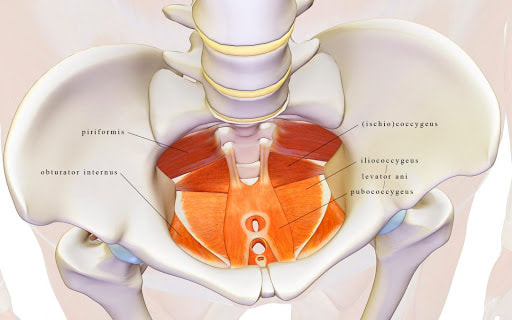|
27/6/2020 1 Comment Caring For Your Pelvic FloorDo you experience constipation, urinary incontinence, pelvis spasms or painful sex? If so, your pelvic floor muscles might be performing poorly.The pelvic floor muscles sit at the base of your abdomen; attaching your pubic bone, tail bone, and the base of your pelvis. They act like a sling, supporting the pelvic organs including the bladder, rectum, uterus or prostate gland. When working well, you can wait to use the toilet and relieve yourself with ease. Your pelvic organs remain in place. You continue to take these muscles for granted, but when they’re dysfunctional, symptoms may result.
Symptoms can be indicative, like a sudden urge to urinate or uterine prolapse. Urination might hurt. Constipation may occur. Sexual intercourse could become uncomfortable, even painful, for women. Discomfort may be felt in the genitals, rectum, lower back or pelvis. The symptoms can have a severe impact on your quality of life. While the pelvic floor muscles can, on occasion, become too tight, the vastly more common problem is related to weakness. These muscles can weaken for many reasons including: increasing age, injury, hormonal changes associated with menopause, being overweight, repetitive strain through heavy lifting, straining from constipation, or continual coughing. For many women, pregnancy and childbirth can cause weakened pelvic floor muscles. Hormonal changes, downward pressure, and a growing baby can all contribute to bladder and bowel leakage, pelvic pain or prolapses. When weak, it’s important to strengthen the pelvic floor. Your health professional can instruct you on Kegel exercises, which specifically target the right muscles. Just as achieving results from attending a gym requires regularity, so does strengthening your pelvic floor – daily. Exercise regularly. Walking is restorative for your pelvic floor muscles and for your spine. If you think you may be experiencing pelvic floor dysfunction, seek help. You do not have to live with these symptoms. Treatment options are available, many are natural and safe. We are ready to help. Picture: Unknown Author Pinterest
1 Comment
|
AuthorAdam's Back is a team of dedicated complimentary health professionals. Our aim is to support you in finding drug-free solutions for better health. Archives
July 2024
Categories |
Search by typing & pressing enter


 RSS Feed
RSS Feed